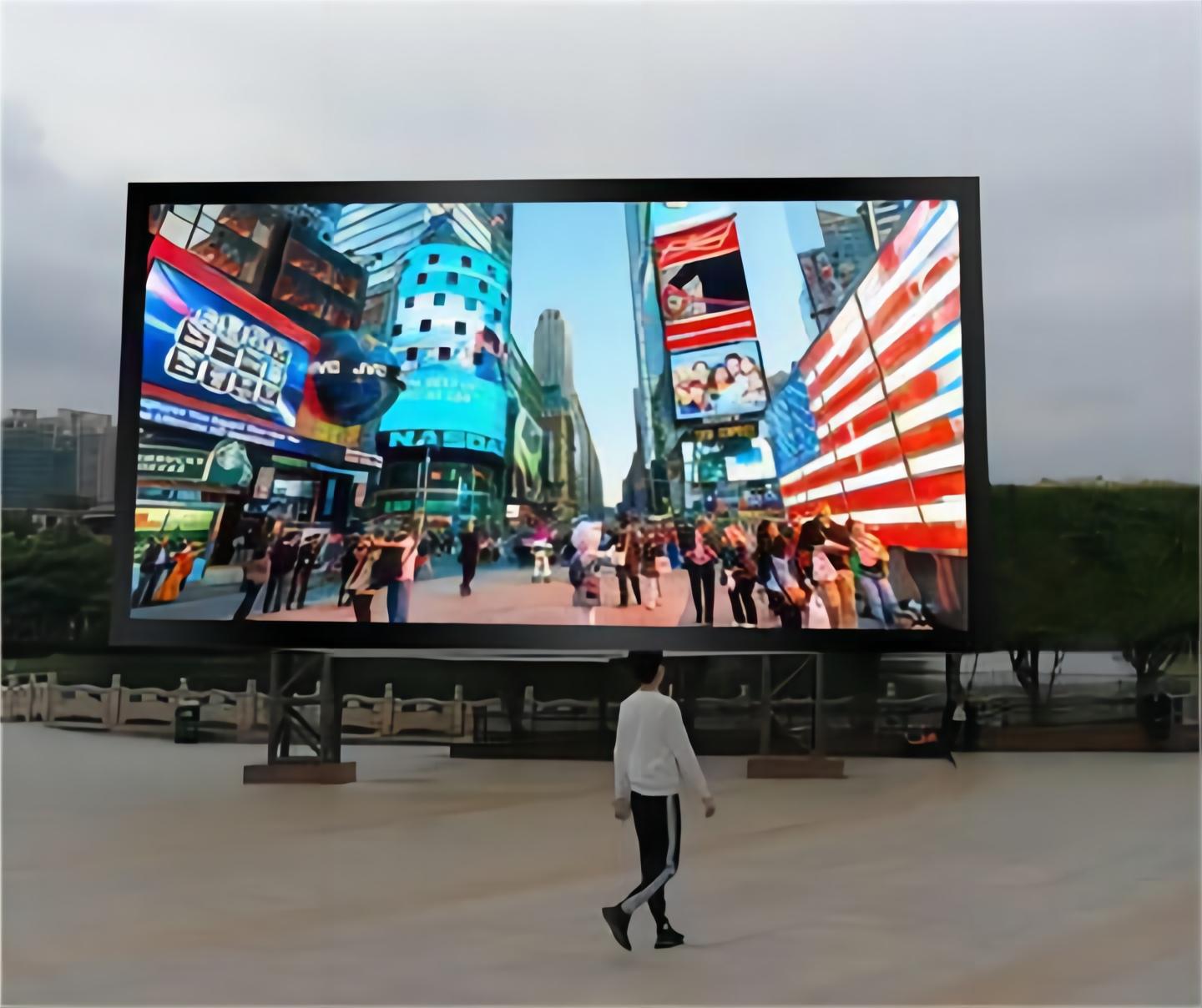In an era where technology continues to shape the landscape of healthcare, LED screen manufacturers have stepped into the limelight, not just as producers of vibrant displays but as enablers of innovative healthcare solutions. The integration of LED screens in healthcare has proven to be transformative, extending beyond the conventional displays in waiting rooms and surgical suites. This article delves into how LED manufacturers are applying LED screens in healthcare, focusing on monitoring devices and therapeutic applications, illuminating the profound impact of LEDs on the well-being of patients and the efficiency of healthcare providers.
One of the primary applications of LED screens in healthcare is within the realm of monitoring devices. These devices, often seen as vital tools in hospitals and clinics, are crucial for tracking a patient's vital signs, ensuring the early detection of irregularities, and facilitating timely interventions. LED screens have emerged as the ideal choice for displaying this critical data due to their exceptional clarity and energy efficiency.
LED screens offer advantages such as high resolution and brightness, ensuring that vital signs are displayed clearly even in brightly lit hospital environments. This clarity reduces the chances of misinterpretation, a critical factor in medical settings where errors can have severe consequences.
Moreover, LED screens enable real-time data visualization. This is particularly beneficial in intensive care units, where monitoring multiple patients simultaneously is essential. LED screens can display multiple data streams, allowing healthcare providers to quickly assess a patient's condition and make informed decisions. This not only improves patient outcomes but also eases the workload of medical staff.
In recent years, LED screens have played a pivotal role in facilitating remote patient monitoring. The integration of LED displays with advanced sensors and wireless communication technology allows patients to be monitored from the comfort of their homes. These screens can display a patient's vital signs, medication schedules, and even provide video conferencing capabilities for virtual consultations with healthcare providers. This application has been especially significant during the COVID-19 pandemic, reducing the need for in-person visits and minimizing the risk of viral transmission.

LED screens are not limited to monitoring alone; they are also finding their way into therapeutic devices, bringing about innovative approaches to healthcare. One notable application is in light therapy.
Light therapy, often referred to as phototherapy, has been used for various medical conditions, including seasonal affective disorder (SAD), skin disorders like psoriasis, and sleep disorders. LED screens can emit specific wavelengths of light, tailored to the patient's needs. This precise control over light wavelengths enhances the effectiveness of therapeutic treatments while minimizing potential side effects.
LED screens are also being employed in cognitive rehabilitation therapy. Patients recovering from traumatic brain injuries or strokes can benefit from interactive exercises displayed on LED screens. These exercises engage and challenge cognitive functions, aiding in the recovery process. Furthermore, the vibrant and high-resolution displays make these activities more enjoyable and motivating for patients.
The role of LED screens in healthcare extends far beyond conventional displays. LED screen manufacturers are at the forefront of a healthcare revolution, contributing to the enhancement of patient care through innovative monitoring devices and therapeutic applications. These screens not only provide clarity and precision but also foster a safer and more efficient healthcare environment. As technology continues to evolve, the partnership between LED manufacturers and healthcare providers promises to illuminate the path towards a healthier and brighter future.

3th Building,Gaosite Zone Pingshan
New District, Shenzhen

sevice88@kingaurora.com
3th Building,Gaosite Zone Pingshan
New District, Shenzhen